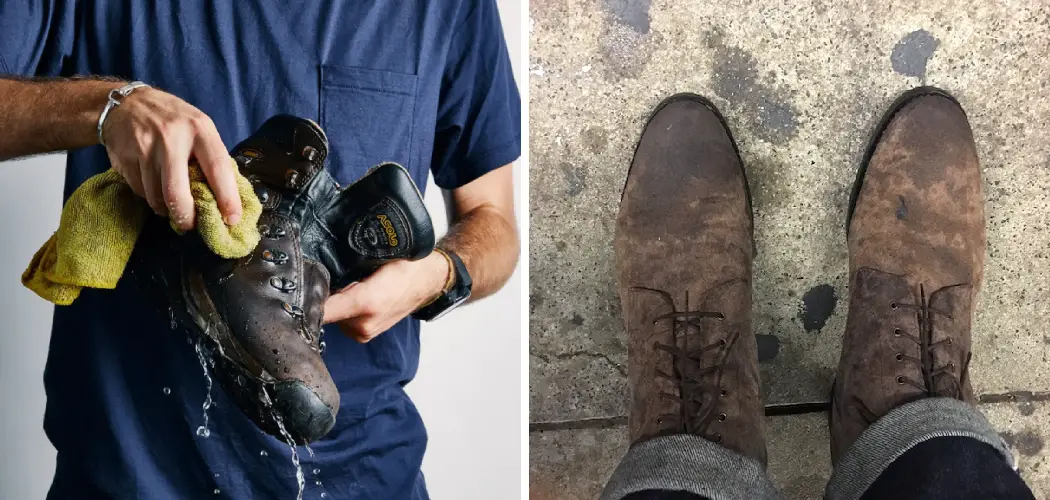Wet boots can dampen spirits and disrupt adventures. Whether soaked from a day’s hike in the rain, an unexpected puddle, or during a snowy expedition, finding a way to dry boots efficiently becomes a priority for comfort and foot health.
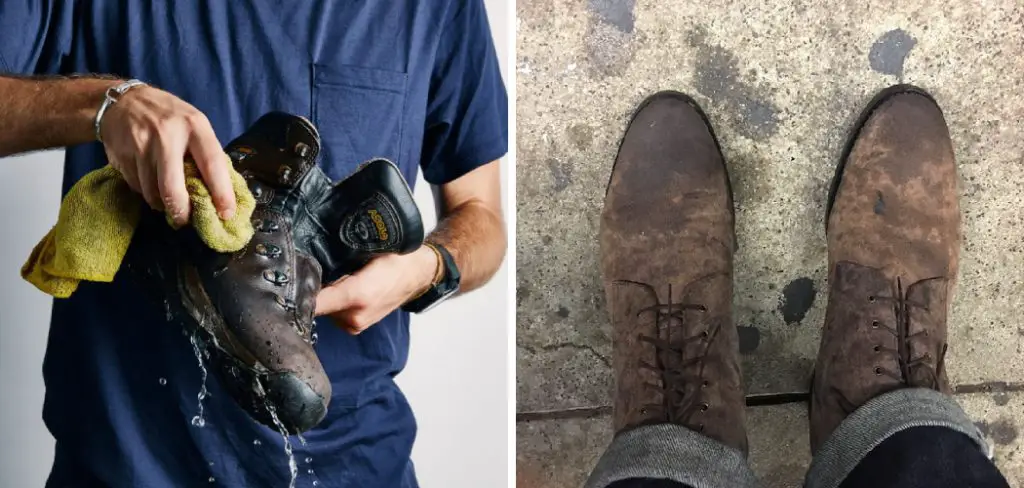
Drying boots overnight is especially crucial when you need them ready for the next day’s activities. The following guidelines on how to dry boots overnight will introduce methods to effectively dry boots overnight, ensuring they are ready and comfortable for whatever the next day holds.
Why is Dry Boots Important Overnight?
Drying boots overnight is essential for several reasons. Firstly, wet boots are uncomfortable to wear and can lead to blisters, a common problem for hikers and outdoor enthusiasts. Moisture inside the boots creates a breeding ground for bacteria and fungi, which can cause foot infections and unpleasant odors.
Furthermore, consistent dampness can degrade the materials of the boots, shortening their lifespan and reducing their effectiveness in protecting your feet from the elements. By ensuring your boots are dry by the next morning, you preserve both your foot health and the integrity of your boots, keeping them ready for your next adventure.
Needed Materials
To efficiently dry your boots overnight, you will need the following items:
Newspapers or Paper Towels:
Newspapers or paper towels are highly absorbent and can help draw out moisture from inside the boots.
Boot Trees:
Boot trees are wooden or plastic inserts shaped like a foot that helps retain the shape of the boot while drying. They also facilitate air circulation, speeding up the drying process.
Towels:
Towels are useful for wiping down excess moisture from the exterior of the boots and for padding inside the boots to help absorb moisture.
A well-ventilated area:
It is crucial to have a well-ventilated space for drying your boots. This could be near a window, in a room with good airflow, or even outside if weather permits.

10 Step-by-step Guides on How to Dry Boots Overnight
Step 1: Remove Excess Moisture
The first step is to remove any excess moisture from the boots. Use a towel to wipe down the exterior of the boots and use another to pat dry the interior as much as possible. You can also use a paper towel or newspaper to stuff inside the boots to help absorb moisture. But remember not to overstuff them as it can hinder air circulation.
Step 2: Unlace the Boots
After removing the excess moisture, unlace the boots completely. This step is crucial as it allows better air circulation inside the boots, ensuring that the interior dries more efficiently. Opening up the boots as much as possible creates wider passages for air to flow through, which helps speed up the drying process. Be sure to pull the tongue of the boot forward as well to maximize airflow throughout the entire interior of the boots.
Step 3: Insert Boot Trees
Insert boot trees into each of the boots to help them retain their shape while drying. Make sure they fit snugly inside the boots and that they reach all areas, including the toes and heels. If you do not have boot trees, you can also use towels or crumpled paper stuffed inside the boots. The goal is to prevent the boots from collapsing or losing their shape while drying. It also helps in facilitating air circulation throughout the interior.
Step 4: Stuff Boots with Newspapers or Paper Towels
If there is still excess moisture inside, stuff the boots with crumpled newspapers or paper towels. These materials are highly absorbent and can help draw out any remaining moisture from the boots. Make sure to pack them loosely to allow for airflow. The more moisture they can absorb, the faster your boots will dry. But again, be careful not to overstuff them. You can also change the newspapers or paper towels as needed throughout the drying process.
Step 5: Place Boots in a Well-Ventilated Area
Once you have prepared your boots by removing moisture, unlacing them, inserting boot trees, and stuffing them with absorbent materials, the next step is to place them in a well-ventilated area. This could be near an open window, a fan, or even in front of a dehumidifier, but ensure the boots are not directly exposed to heat sources such as radiators or heaters as this can damage the materials. The goal is to allow a consistent flow of air to circulate around and through the boots.
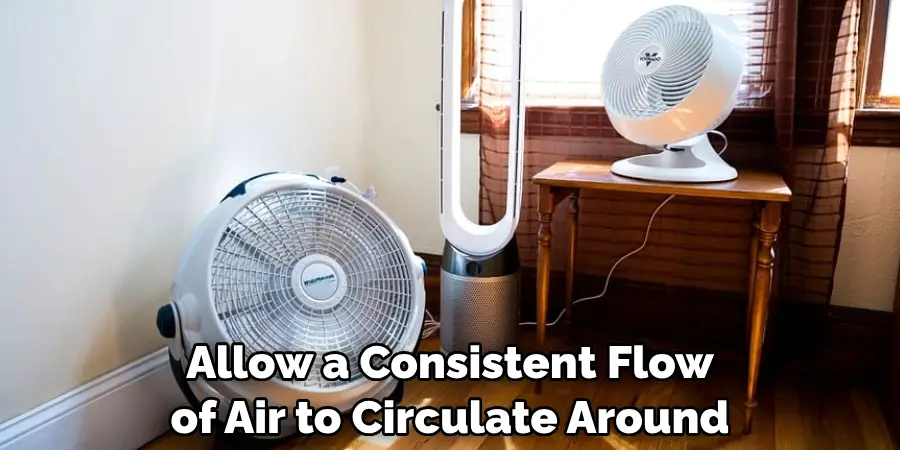
This air movement is crucial for carrying away the moisture absorbed by the newspapers, towels, or paper towels, speeding up the drying process significantly. Remember, good airflow is key to effectively drying boots overnight.
Step 6: Change the Newspaper or Paper Towels
If you notice that the newspapers or paper towels have become saturated, change them with fresh ones. This will ensure that moisture is continually being drawn out of the boots and prevent any mold or bacterial growth.
The frequency of changing the materials will depend on how wet your boots are, the materials used, and the weather conditions. But as a general rule, check on them every few hours to see if they need replacing.
Step 7: Check Boots for Dryness
After several hours, check on the boots to see if they are dry. You can do this by feeling the inside of the boots for any moisture or by smelling them. If they still feel damp, continue with the drying process until they are completely dry.
You can also place a small piece of paper inside the boots. If it comes out damp, continue drying. Once the paper comes out dry, you will know that your boots are completely dry.
Step 8: Remove Boot Trees and Paper Towels/Newspapers
Once your boots have dried completely, it’s time to remove the boot trees and any paper towels or newspapers inside them. Do this gently to avoid distorting the shape of the boots. If you use newspaper, ensure that all pieces are removed, as they could leave ink stains if left inside damp boots.
After removing these items, give the boots a good shake to dislodge any remnants of paper towels or newspaper bits that might be stuck in crevices. This step ensures that your boots are not only dry but also free from any materials that were used to aid the drying process.
Step 9: Re-Lace the Boots
Once you have removed all the drying materials, re-lace your boots. Lacing them tightly will help maintain their shape and structure while they are not being worn. You can also use this opportunity to inspect the laces for any signs of wear and tear and replace them if necessary. It’s always a good idea to keep an extra pair of laces handy in case of emergencies.
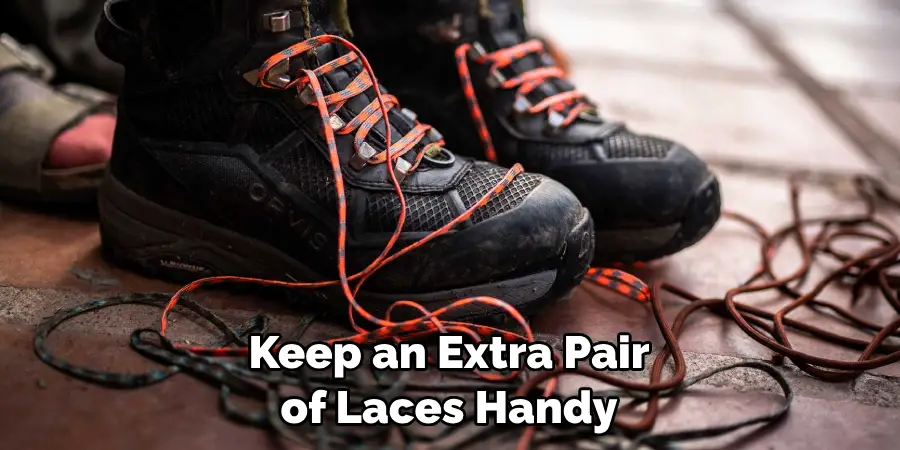
Step 10: Store Your Boots
After your boots are completely dry, it’s important to store them properly. If the weather permits, you can leave them out in the open to air out for a while before storing them. This will help get rid of any lingering odors or moisture.
Once they have aired out, store them in a cool and dry place away from direct heat sources. Avoid storing them in plastic bags as this can trap moisture and cause mold or mildew growth. Instead, use a breathable shoe bag or box to protect your boots while allowing air circulation. Remember to store your boots only when they are completely dry and clean to help maintain their quality and prolong their lifespan.
Following these steps on how to dry boots overnight will ensure that your boots dry properly and are ready to wear again in no time. Remember, drying wet boots overnight is a simple process that requires patience and proper airflow. So, next time you find yourself with a pair of wet boots, don’t fret. Just follow these steps, and you’ll have dry boots by morning!
Frequently Asked Questions
Q: How Long Does It Take for Boots to Dry Overnight?
A: The drying time for boots overnight will vary depending on several factors such as the material, level of saturation, and weather conditions. Generally, it can take anywhere from 6-12 hours for boots to dry completely when using these methods.
Q: Can I Put My Boots in the Dryer?
A: It is not recommended to put your boots in the dryer as it can cause damage to the materials and alter their shape. The high heat can also lead to shrinkage, making them too small or tight to wear.
Q: What Should I Do If My Boots Have a Foul Odor After Drying?
A: If your boots have a lingering odor after drying, you can try using a deodorizing spray or powder specifically designed for shoes. Alternatively, you can also place a few drops of essential oils on a cotton ball and leave it in the boots overnight to help absorb any remaining odors.
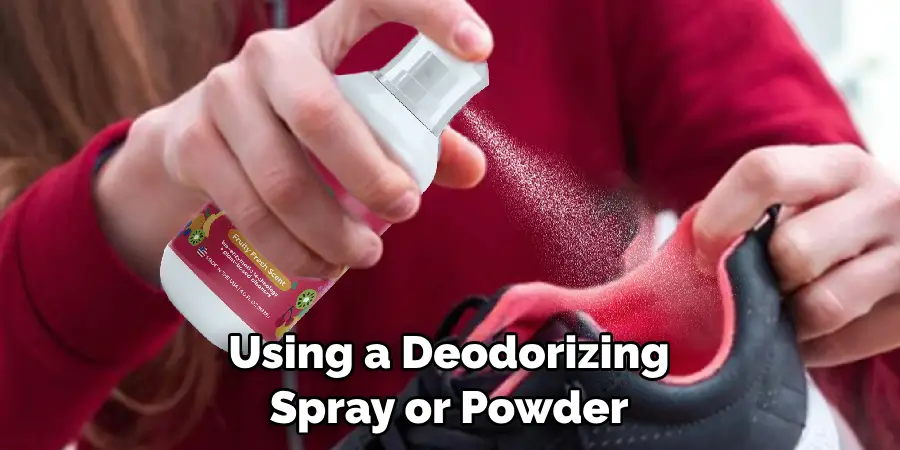
Conclusion
Successfully drying boots overnight is both an art and a science, requiring a blend of proper technique and patience. By following the outlined steps, from removing excess moisture to ensuring good airflow and changing out drying materials, you can preserve the integrity and extend the life of your boots.
Remember, the key to effective drying is not just about removing moisture but also about maintaining the shape, material, and overall quality of your boots.
With these tips on how to dry boots overnight, you’re now equipped to tackle wet boots efficiently, ensuring they’re ready and in top condition for your next adventure. Remember to always store your boots properly to keep them dry, fresh, and ready for use. Happy trails!

